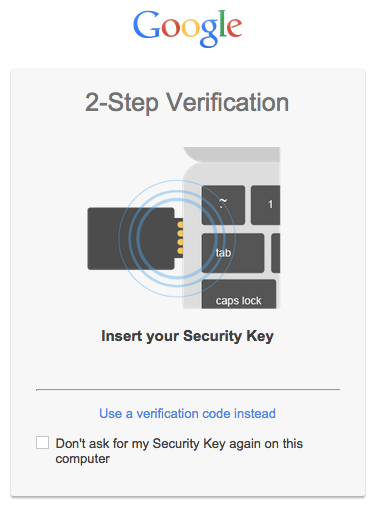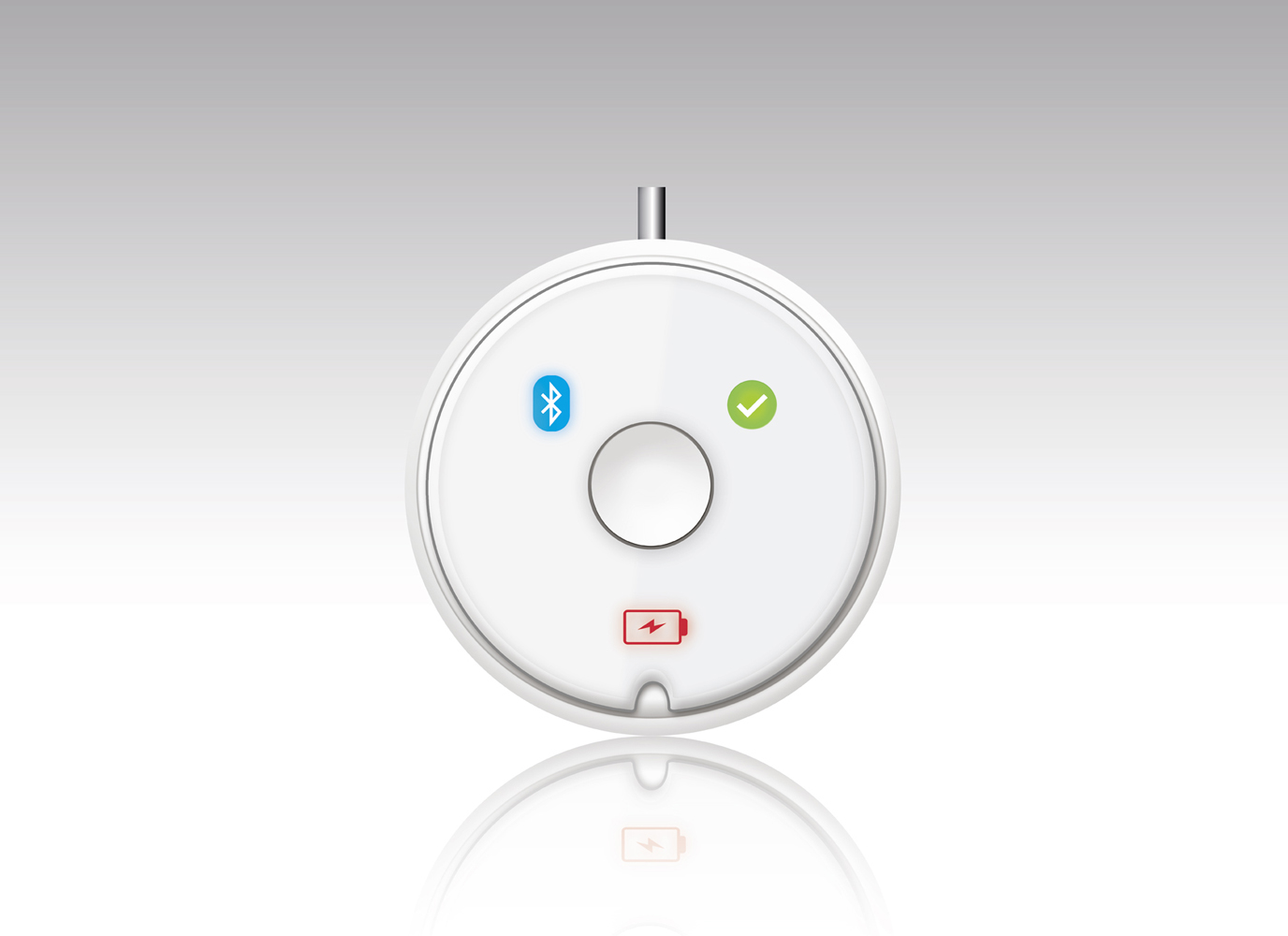

With Android phone security keys, Google chose Bluetooth for convenience purposes. With security keys, that is accomplished via the USB port or via Bluetooth. Having this local protocol between the two devices is what makes this technology strongly resistant to phishing.”įIDO’s proximity requirement ensures that the user trying to login and the security key are in the same location. And that is essential to this phishing resistance. Here, we’re saying no, the message will be local. All other push-based technology so far is kind of based on the fact that there’s a message being sent throughout the cloud. “The fact that your browser on your machine and your phone communicate using a local protocol and does not go via the cloud. “The big difference here is that local proximity,” Brand emphasized. Unlike other similar technologies, Google’s solution has a local requirement. Google wants to bring those benefits to more people by having Android phones act as security keys. You can still be tricked into entering all of your credentials, be it your username, your password, and your one-time password, even approve a mobile login using Postgres technology, because there is no way that your browser on your local machine knows that you’re being duped into revealing your credentials to an incorrect website.”įIDO security keys prevent your account from being phished by requiring you to plug in and tap your physical device. “All other forms of 2SV have levels of assurance that the fundamental problem with them are that you can still fall victim to phishing. “You’re trying to sign in, you’re on a site that looks exactly like the real Google however, your login will not succeed if you use the security key, because the security key will block it as you’re on an incorrect website,” Brand continues. 2FA is a method of confirming a user’s identity by using a combination of two different factors: something they know (password), something they have (security key), or something they are (fingerprint). 2SV is a method of confirming a user’s identity using something they know (password) and a second thing they know (a code sent via text message). This means Android phones can move from two-step verification (2SV) to two-factor authentication (2FA). (Android tablets aren’t supported - Google specifically limited the functionality since users are more likely to have phones with them.) You can thus use your Android phone to protect your personal Google account, and your G Suite, Cloud Identity, and Google Cloud Platform work accounts. Register here.Īt Google Cloud Next 2019 today, Google announced phones running Android 7.0 Nougat and higher can now double as a Fast Identity Online ( FIDO) security key.


Connect with top gaming leaders in Los Angeles at GamesBeat Summit 2023 this May 22-23.


 0 kommentar(er)
0 kommentar(er)
